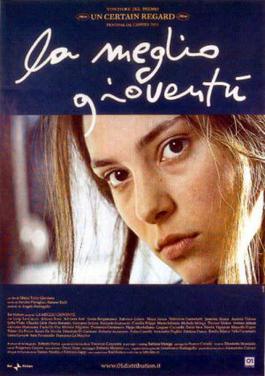
The Best of Youth is a 2003 Italian historial romantic drama film directed by Marco Tullio Giordana and written by Sandro Petraglia and Stefano Rulli. A family saga set in Italy from 1966 through 2003, it chronicles the life of the middle-class Carati family, focusing primarily on brothers Nicola and Matteo as their life paths separate during youth, encompassing major political and social events in post–World War II Italian history.
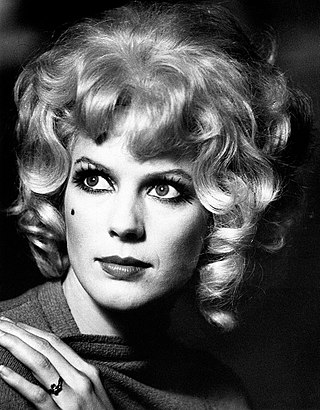
Merle "Mimsy" Farmer is a former American actress, artist and sculptor. She began her career appearing in several Hollywood studio films, such as Spencer's Mountain (1963) and Bus Riley's Back in Town (1965), followed by roles in the exploitation films Devil's Angels and Riot on Sunset Strip.

Two Evil Eyes is a 1990 anthology horror film written and directed by George A. Romero and Dario Argento. An international co-production of Italy and the United States, Two Evil Eyes is split into two separate tales, both based largely on the works of Edgar Allan Poe: "The Facts in the Case of M. Valdemar", directed by Romero and starring Adrienne Barbeau; and "The Black Cat", directed by Argento and starring Harvey Keitel, which blends a number of Poe references into a new narrative. Both of the tales were filmed and take place in contemporary Pittsburgh.

Vecinos is a Mexican television series created by Eugenio Derbez, based on Spanish television series Aquí no hay quien viva. It premiered on Las Estrellas on July 10, 2005. The series portrays the life of everyday people in Mexican barrios, where anything can be found — the jealous housewife, the spinster, the strange family, etc. Each episode features the interactions between these peculiar neighbors, where they deal with problems both real and imagined, such as ghosts, treasures, ripoffs, fights, etc.

Km. 0 is a 2000 film Spanish directed by Yolanda García Serrano and Juan Luis Iborra. The plot concerns about several intertwining stories of mistaken identity and coincidental meetings that take place near the Kilometre Zero marker in the Puerta del Sol in Madrid.

Johnny Stecchino is a 1991 Italian comedy film directed by and starring Roberto Benigni in dual roles. This film is one of Benigni's many collaborations with co-star and wife, Nicoletta Braschi. It was the highest-grossing film of all-time in Italy with a gross of 39 billion liras.

The Christmas List is a 1997 TV movie, shown first on The Family Channel, thereafter on ABC Family during its 25 Days of Christmas programming block. It stars Mimi Rogers.

Body Count is a 1986 Italian slasher film directed by Ruggero Deodato. The film is about a group of vacationing teenagers who enter an abandoned camp site that was formerly an Indian burial ground. One by one, they begin to be killed off.
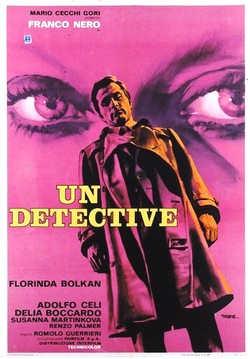
Detective Belli is a 1969 Italian poliziotteschi directed by Romolo Guerrieri and starring Franco Nero. It is based on the novel Macchie di belletto by Ludovico Dentice.

The Black Cat is a 1981 Italian horror film directed by Lucio Fulci. Biagio Proietti co-wrote the screenplay with Fulci. It starred Patrick Magee, Mimsy Farmer, Al Cliver, David Warbeck, and Dagmar Lassander. The film is based loosely on the 1843 story of the same name by Edgar Allan Poe, and uses the violent style that typified the director's later career, following films like Don't Torture a Duckling (1972).

Apartment 1303 (1303号室) is a Japanese horror film, directed by Ataru Oikawa, that revolves around a woman who investigates a series of suicides in her late sister's apartment. Based on Ju-on horror author Kei Ōishi's original novel.
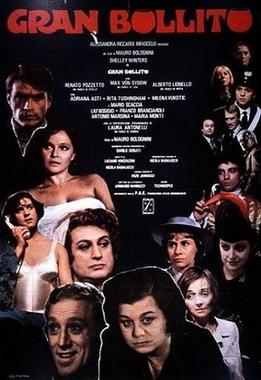
Black Journal is a 1977 Italian black comedy film directed by Mauro Bolognini. It is loosely based on real-life serial killer Leonarda Cianciulli, who killed three women between 1939 and 1940, and turned their bodies into soap and teacakes. It stars Shelley Winters, Max von Sydow, Renato Pozzetto and Alberto Lionello, with the latter three in a dual role as both the victims of the killer, in drag, and those who apprehend her.

Jennifer on My Mind is a 1971 American comedy-drama film based on the 1968 novel Heir by Roger L. Simon. It was directed by Noel Black from a screenplay by Erich Segal, stars Michael Brandon and Tippy Walker, and features Robert De Niro in a minor role.

Seven Deaths in the Cat's Eye is a 1973 Gothic horror film directed by Antonio Margheriti. It is also a rare example of an Italian giallo that is set in period, taking place some time in the 1890s.

The Devil Has Seven Faces is a 1971 Italian giallo film directed and co-written by Osvaldo Civirani. It starred George Hilton, Carroll Baker and Luciano Pigozzi. The film has also been released on video as Bloody Mary (US) and Nights of Terror (UK).

The Double also known as Love Inferno, is a 1971 Italian giallo film directed by Romolo Guerrieri. It stars Ewa Aulin. The story was based on a novel called La controfigura by Libero Bigiaretti.
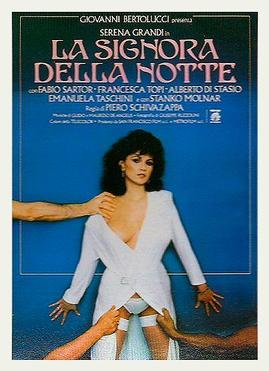
Lady of the Night is a 1986 Italian erotic romantic drama film written and directed by Piero Schivazappa.

The Conspiracy of Torture is a 1969 Italian historical drama film directed by Lucio Fulci, starring Adrienne La Russa and Tomas Milian. The shooting title was originally La vera storia di Beatrice Cenci. It depicts the real life events of Francesco Cenci and his daughter Beatrice, emphasizing the more horrific elements of the story.

Mia nonna poliziotto is a 1958 Italian comedy film directed by Steno and starring Tina Pica.
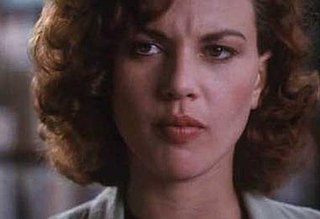
Kim Levitt is a fictional character in the Silent Night, Deadly Night film series. Created by Brian Yuzna, Arthur Gorson, and S.J. Smith, she is an editor for the fictional classified ads paper the L.A. Eye. She is first introduced in the fourth installment in the series, Silent Night, Deadly Night 4: Initiation (1990), as the protagonist of the film who finds herself enmeshed with a cult of witches while investigating the mysterious spontaneous combustion death of a woman.




















